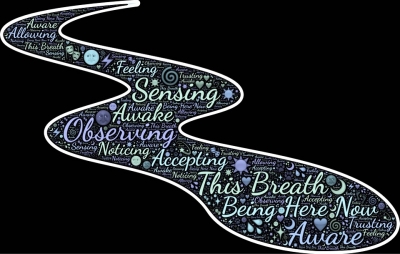
Several thoughts cross our mind at any given moment. Putting them down without filtering is known as stream of consciousness. Writers use this narrative technique to delve into the minds of their characters, providing a running monologue of what transpires in their head. The thoughts and emotions are written in such a manner that they show the reader the mental state of the characters at that point in time. The term “stream of consciousness” can be traced back to “The Principles of Psychology” by William James in 1890. But writers such as Edgar Allan Poe and Leo Tolstoy have been using this technique long before it was even named. The popularity of stream of consciousness writing surged during the Modernist era (late 19th and early 20th Centuries).
Why it is used
Stream of consciousness allows writers to provide a deeper insight into their characters and this enables readers to get a glimpse of their raw, unedited inner feelings. Thus, they will be able to better understand their motives and actions. This style of writing sometimes doesn’t follow any syntax or punctuation.
Popular examples
** James Joyce’s last novel. “Finnegan’s Wake”, is written entirely in stream-of consciousness narrative. It is said that only a few people in the world have fully read and understood it.
** Virginia Woolf’s “Mrs. Dalloway” is another novel that ises stream of consciousness to take its main character in and out of time even as she is making preparations to host a party.
** Marcel Proust’s seven volume series, “Remembrance of Things Past”, which took over 20 years to write, is a long recollection that springs from a memory of tasting a cookie dunked in coffee.
** Jack Kerouac famously wrote “On the Road” on a modified typewriter with a scroll of paper attached to it so that he could write without interruptions.
** E.E. Cummings poems have elements of stream of consciousness writing. He joins seemingly random words and thoughts together without a formal syntax. His poems won the Pulitzer Prize thrice.
** Stephen King in “The Shining” enables us to get an eerily closer look into the minds of the characters, including Jack Torrance, whose gradual descent into madness we are able to picture vividly.
Picture Credit : Google

